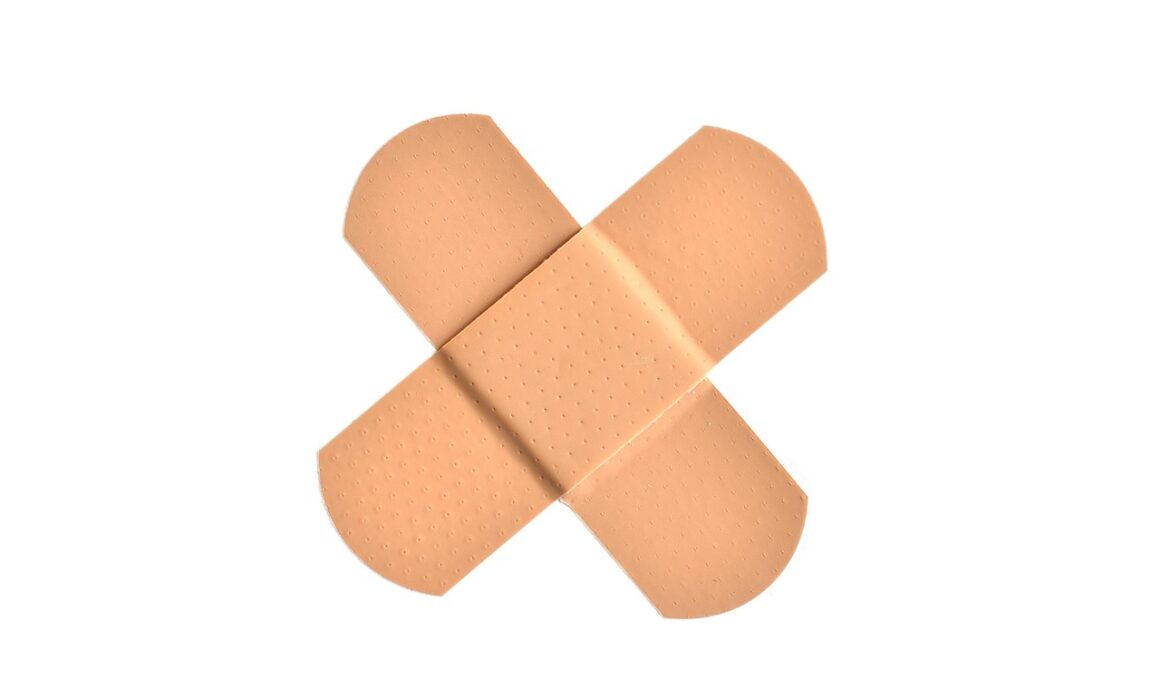Preventing Secondary Injuries While Recovering from a Concussion
Successful recovery from a concussion requires careful monitoring and a comprehensive approach. First and foremost, individuals should always consult a healthcare professional immediately after a concussion. Proper assessments are critical in determining the severity of the injury. Following this, it is vital to adhere to recommended rest periods. This may involve refraining from sports, physical activities, or any strain that could jeopardize healing. Establishing a supportive environment is crucial. Family and friends play a major role in encouraging adherence to recovery guidelines. Additionally, mental health considerations should be prioritized. Often, individuals face anxiety or depression during recovery, which can hinder overall progress. Engaging in relaxation techniques, such as meditation or soft music, can be beneficial. Furthermore, proper nutrition should not be overlooked. Consuming a balanced diet rich in nutrients aids brain recovery. Lastly, staying hydrated is essential to support cognitive function. Therefore, awareness of these factors is vital to prevent secondary injuries. Understanding these aspects creates a safer recovery journey, allowing individuals to return to their normal activities more effectively.
Active participation in rehabilitation exercises is another key to safety during recovery. These exercises should be tailored specifically to the individual’s needs, focusing on gradual restoration of balance and coordination. Engaging in light physical activities can enhance circulation and promote healing. Throughout this process, personal monitoring is crucial. Individuals should remain aware of any symptoms and report them promptly to their healthcare provider. A proactive approach significantly reduces risks associated with secondary injuries. Additionally, education about concussion symptoms enhances awareness, making individuals and their families more vigilant. Know the signs of worsening conditions and the importance of addressing them immediately. Setting a support network significantly increases recovery chances. Social connections reduce the feelings of isolation during rehabilitation. Regular check-ins with professionals ensure the journey remains on track. In some cases, accommodations may be necessary. Adapting work or school environments helps facilitate recovery, making it less stressful. Individuals may need adjustments, such as extended time for assignments. Ultimately, a comprehensive recovery plan, including specialized exercises and monitoring, is essential to mitigate risks of secondary injuries during concussion recovery.
Understanding Symptoms and Warning Signs
Recognizing concussion symptoms is essential for anyone recovering from an injury. Common symptoms include headaches, dizziness, and confusion. These symptoms can vary in severity and may develop hours or even days after the injury. Being vigilant about any changes in physical or cognitive functions is crucial. Furthermore, families and friends should receive proper education to spot potential warning signs promptly. This proactive approach significantly aids in fostering a supportive environment. When symptoms worsen, immediate medical attention is vital. Other warning signs could include prolonged headaches, repeated vomiting, or seizures. Even subtle changes in mood can provide vital clues about one’s condition. Continual observance helps ensure that the recovery process is smooth, alongside minimizing risks associated with secondary injuries. It is equally important for individuals to maintain open communication with their support network. If symptoms persist or worsen, discussing these issues with family, friends, and healthcare professionals is imperative. Requirements may adjust throughout recovery, making communication paramount. Being open ensures everyone understands the recovery journey, enhancing cooperation and understanding during this delicate healing phase.
Moreover, managing daily activities plays a significant role in ensuring a safe recovery. During this period, focusing on reduced screen time is essential to ease headaches and fatigue associated with concussions. Highlighting the importance of prioritizing rest will significantly affect recovery outcomes. Scheduling activities should center around rest and accommodating physical limitations during this phase. Balancing rest with light activities helps, as one should avoid sudden spikes in physical exertion or mental challenges. It is common for patients to feel encouraged to return to normalcy too quickly. Allowing oneself the necessary time to heal is paramount. Overextending can lead to setbacks or complications. Health professionals often recommend specific guidelines for gradually increasing activity levels. Follow their guidelines closely, as they cater to individual needs and conditions. Ensuring follow-up appointments are kept can offer insights and updates on your progress, thereby adjusting recommendations as necessary. Overall, establishing a manageable framework can empower the recovery process. This holistic approach significantly contributes to preventing secondary injuries and promotes long-term health after experiencing a concussion.
The Role of Gradual Activity Return
Resuming normal activities involves careful planning and gradual increments to avoid aggravating symptoms. Engaging in light exercise, such as walking or stretching, can improve blood flow and assist in rehabilitation. It also helps reduce feelings of anxiety around returning to regular routines. Listening to one’s body becomes crucial during this stage; if symptoms return or worsen, activities should be curtailed. Each individual’s recovery timeline may vary; thus, personal adjustments based on professional advice will yield the best outcomes. Regularly consulting with healthcare specialists will provide effective guidance on resuming school or sports activities safely. An individualized plan can often mitigate risks related to secondary injuries, ensuring a safer path to recovery. Collaboration with coaches or teachers may also facilitate a smooth transition back to previous regimes. They will understand timing and modifications needed to safeguard health during return. Furthermore, utilizing wearable technology can help individuals monitor their metrics during physical activities. Technology assists in making informed decisions, alerting them when to pause or stop if concerns arise. Overall, balancing effort and caution is key to achieving success while returning to daily life, post-injury.
Staying informed about concussion protocols is vital, especially in sports settings. Educational programs can be beneficial for athletes, coaches, and parents alike. Awareness of the signs and response procedures in case of concussion incidents is noteworthy for injury prevention efforts. This knowledge empowers individuals to take swift actions when faced with potential injuries. Implementing a baseline testing program can also enhance readiness for athletes, allowing for recovery comparisons. Understanding this helps athletes make informed decisions about resuming play safely. Developing a culture that promotes athlete safety is crucial within sports teams. Encouraging open discussions about health impacts creates an informed environment that prioritizes well-being over competitive pressure. This sets the tone for younger athletes while establishing values around health and safety. Comprehensive education regarding the risks and signs can reduce the chances of secondary injuries occurring later on. Ultimately, communication, education, and awareness collectively create a supportive sports community that values injury wellbeing. This leads to safer practices overall, ensuring every athlete feels confident and equipped for safe participation after experiencing a concussion.
Long-Term Health Considerations
Preventing long-term issues stemming from a concussion is a continuous endeavor. Regular follow-ups with healthcare professionals are encouraged to track recovery progress comprehensively. Monitoring ongoing symptoms and adjusting treatment plans based on specific needs will safeguard long-term cognitive health. It is also paramount to engage in brain-boosting activities that foster cognitive abilities. Simple tasks, like puzzles or reading, can aid recovery while reinforcing neural connections. Furthermore, building healthy habits around sleep, nutrition, and exercise is crucial for individuals recovering from a concussion. Quality sleep plays a significant role in brain recovery, as it fosters healing and restoration. Consuming a well-rounded diet filled with omega-3s, vitamins, and antioxidants can enhance brain function. Developing a structured physical activity routine promotes not only physical well-being but also emotional stability. Lastly, avoiding alcohol or recreational drugs during recovery is vital for long-term wellness. These substances can interfere with healing processes, potentially leading to further complications. All these considerations combined cultivate a stronger foundation for enduring health, minimizing further risks of secondary injuries down the road. Being proactive and mindful ensures a brighter, healthier future for individuals recovering.


